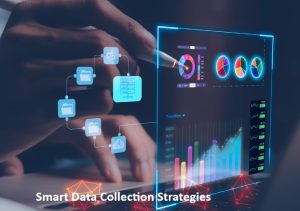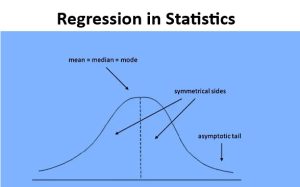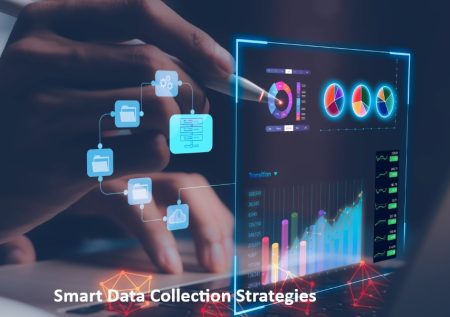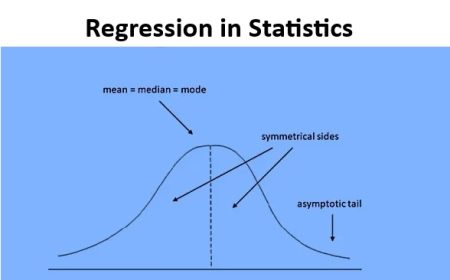Data analysis provides the foundation for many information products that people rely on every day. From Google Translate utilities to more sophisticated whole text translation models, analytics processes can provide incredible completeness for machine translation products that are relied on for all kinds of applications within the wider marketplace.
Translation services are modeled after the real thing.
A human translator is the gold standard for cross-linguistic interpretation. This is because humans deploy language in ways that are tied intimately into contextual clues. A native speaker is able to cut through these contextual elements and make sense of both the literal words and the underlying meanings associated and connected with the idea being conveyed. Language is about more than just words, and translators tap into the rich history of a vocabulary in order to provide both like-for-like translations of the raw text and a “best” version of translated material that better reflects the spirit of those words.
Working as a translator is a great way to maintain a fascinating lifestyle and put your natural skills to good use. Every transnational organization (and even many internal services) relies on accurate and fast translations to make sense of trusted partners and rivals in the rapidly changing global marketplace. With this, the best example would be CanTalk which is one of the largest language service providers in Canada that offers high quality, on-demand interpretation and translation language services in support of businesses small to large, not-for-profits, government agencies, and call centers. The United Nations and national governments around the world, companies like Toyota or GE, and individuals who share familial ties across national and linguistic boundaries depend on great translations to communicate and make decisions on a daily basis.
Machine learning has revolutionized the accuracy of digital translation.

While professional translators offer the most comprehensive product in this realm, not every application can afford to utilize these resources. For people looking to browse foreign websites, interact with pen pals, or find family records from ancestral lands, digital translation products offer the best value.
In recent years, translation services have improved leaps and bounds with the help of machine learning and greater analysis procedures surrounding data sources. With great data quality standards, translation resources (Google Translate and many others) are able to provide a baseline of context alongside an accurate word-for-word accounting of the source material. Data quality is a must for any brand looking to boost their translation products, as well as for consumers seeking the best possible partner to use for their translation needs. Data quality comes in many forms, but with the increased ability to scan without blemishes or fuzzy spaces, greater digital content access, and more, the ability to source great material for machine learning and translation outputs has gotten far better.
The cloud has reimagined what brands are capable of when it comes to sourcing data and creating all manner of digitally enabled products. In the world of translation, a vast reserve of content that varies in language, tone, and focus is pivotal in creating better outputs for users looking for accuracy and speed. Likewise, as an algorithm begins to get “smarter,” the pace at which it can continue to learn nuances of language picks up as well. This is true for any learning that can be done; think of your own background in elementary school math classes. The more you practiced your addition and subtraction, the faster you became at every other task involving counting and other math functions. Thus, the greater the volume of content your data analysis can find exposure to, the more opportunities there are to understand contextual clues that surround the same common words that are continuously recycled in any language.
Data analytics is transforming the ways in which translation services can provide great products to users. With these features in mind, it’s easy to see why that’s becoming the case.






